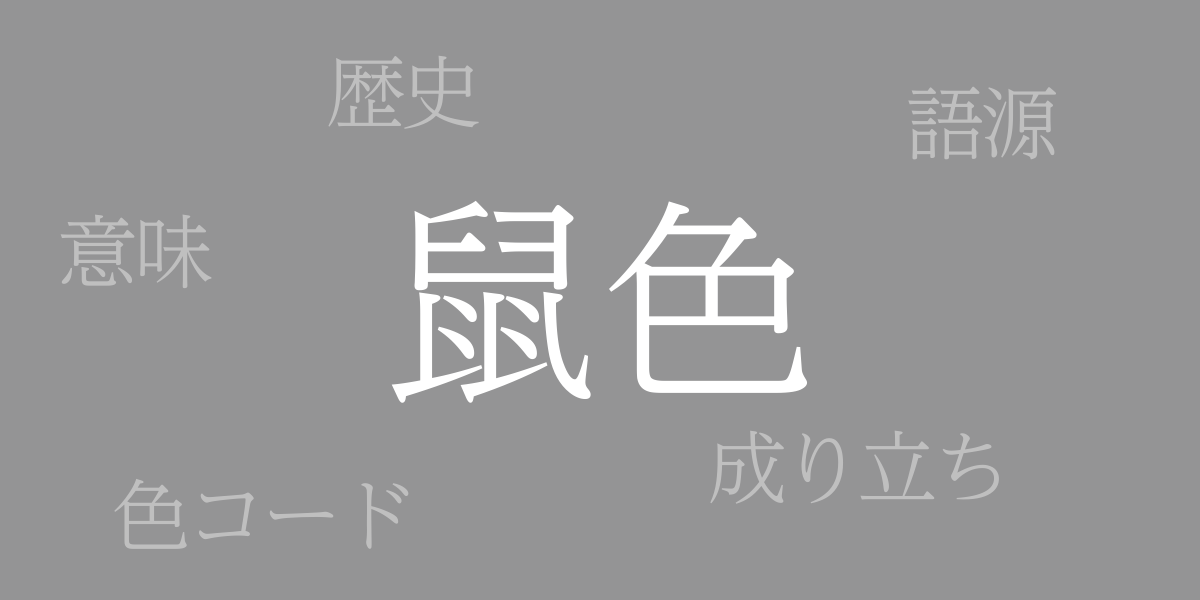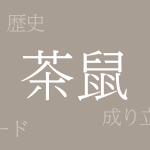Japanese traditional colors possess a unique beauty and profound history. Among them, “Nezumi-iro (鼠色 – ねずみいろ)” stands out with its understated yet sophisticated shade, deeply rooted in the Japanese sensibility. This article delves into the allure of Nezumi-iro, exploring its historical significance, meanings, and contemporary uses.
About Nezumi-iro (鼠色 – ねずみいろ)
Nezumi-iro, akin to gray yet subtly mixed with hints of brown and black, is a distinctively Japanese color. It is commonly found in nature, providing a calm and serene impression. Traditionally used in Japanese clothing and architecture, Nezumi-iro exudes a chic and elegant aura.
The History of Nezumi-iro
Nezumi-iro has been used in Japanese garments since the Heian period and was particularly favored among warriors and monks. As a color that conveys modesty while still exuding a sense of formality, it symbolizes Japan’s traditional aesthetic values. It has also been employed in traditional arts such as tea ceremony and ikebana, enhancing the Japanese aesthetic with its subdued elegance.
Color Codes for Nezumi-iro
To replicate Nezumi-iro in digital design and web development, accurate color codes are essential:
- HEX: #949495
- RGB: R:148 G:148 B:149
- CMYK: C:48 M:40 Y:37 K:0
International Name for Nezumi-iro
In English, Nezumi-iro is often represented by names like “Gray” or “Slate Gray,” though these do not fully capture the unique nuances of the Japanese color. Its tranquil hue is highly regarded on the international stage, including in interior design and fashion.
Summary of Nezumi-iro
With its subtle yet profound allure, Nezumi-iro is a uniquely significant presence among Japanese traditional colors. Understanding its historical and cultural background, as well as its color codes, allows for the incorporation of its beauty into modern design and art. Nezumi-iro, blending tradition and modernity, will continue to be cherished by many.

























